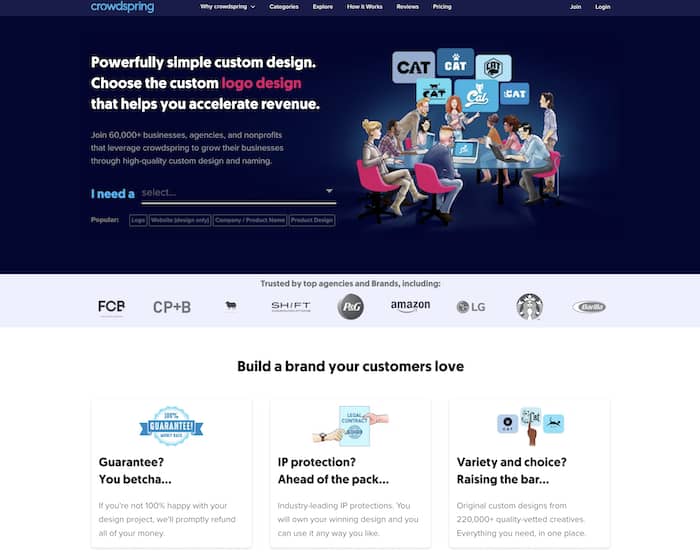
In today’s digital-first world, a small business’s website is often the first impression many customers will ever have. Branding, those visual cues, tone of voice, values, and messaging, is no longer optional; it’s essential. When done well, branding turns a website from a simple online presence into a powerful tool. It boosts credibility, builds trust, differentiates you from competitors, and helps people remember you.
This article explores the role branding plays in small business website design. We’ll examine what branding truly means beyond logos, see how it must be woven into every aspect of a site, and explore the psychological and practical impacts of making your brand consistent, intentional, and aligned with your target audience.
Understanding Branding in the Context of Small Businesses
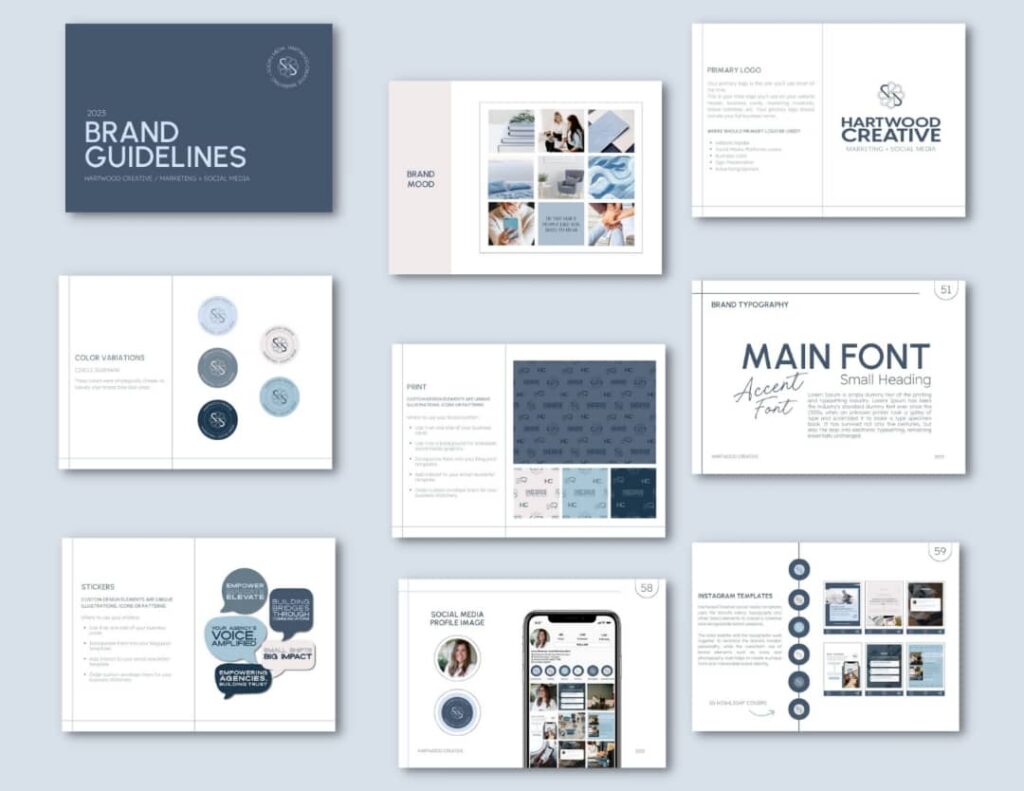
Branding isn’t just a pretty logo or catchy name. It is the sum of all the perceptions people form about your business, based on what they see, feel, and experience. Visuals like logos, colours, and shapes are design styles and visual assets that make up your brand identity. Your brand’s voice is the way you communicate with your customers. For instance, formal, friendly, playful or authoritative.
What does your business stand for? Quality? Sustainability? Integrity? Innovation? These values and mission serve as the basis for customer perception, influencing the feelings and thoughts prospective customers have about your business before they ever buy. For small businesses, branding matters especially because:
- It builds credibility. A well-branded site signals seriousness and professionalism.
- It differentiates you. In crowded and competitive markets, branding gives you a unique identity.
- It fosters trust and loyalty. When customers see consistency and feel the values aligned, they are more likely to return and refer.
Small businesses often can’t outspend larger rivals, but they can out-brand them by being authentic, cohesive, and memorable.
Branding and Website Design Are Inseparable
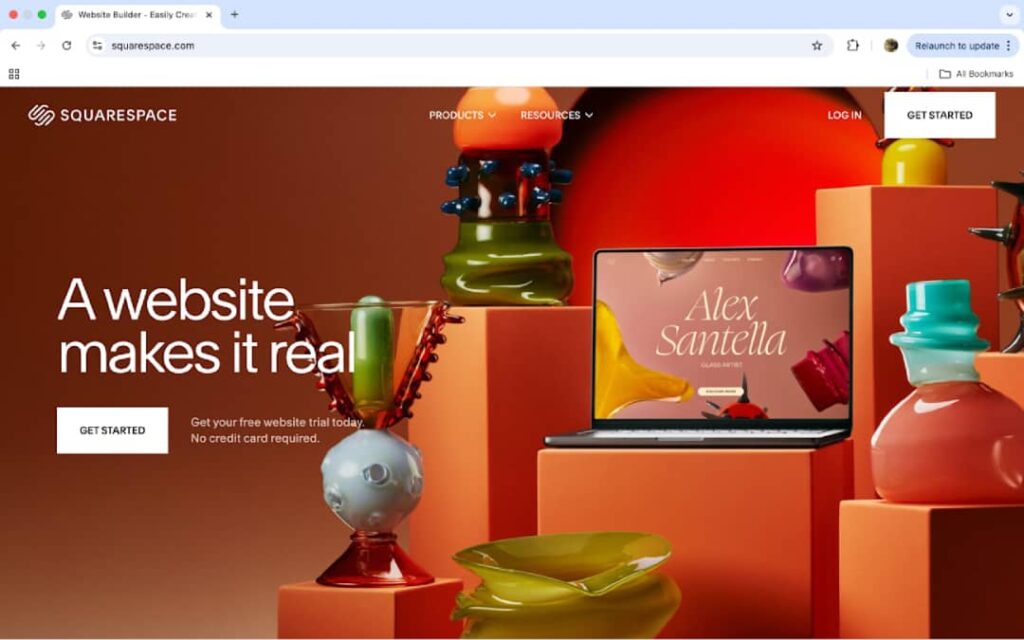
A website isn’t just a brochure. It is a digital storefront, salesperson, and brand ambassador all rolled into one. For small businesses, the website often is the business, especially online. This is why branding and website design must be intertwined:
- Digital first impressions: Users judge websites very quickly. Some studies show that nearly 50% decide whether to stay or leave based on the design alone.
- Recognition & recall: Consistent visuals (logo, colours, font, graphics) help people recognise your brand across touchpoints—your website, social media, print, packaging. Without consistency, you risk confusing people or having a weak presence.
- Trust & credibility: A cohesive, polished design suggests professionalism. Disjointed or dated design signals neglect or inauthenticity. Small businesses need every advantage to build trust.
- User Experience & Emotional Response: Branding shapes how users feel. Are they reassured? Excited? Comfortable? Every design decision, from navigation to micro-interactions, sends a message about what your business is like. If branding is neglected, that emotional message is weak or mixed.
Thus, website design without branding is like a speech without tone. It may have content, but it lacks personality, consistency, and power.
Core Branding Elements in Small Business Website Design

Here’s how the core branding components show up in website design, and why each is important.
Logo Placement & Usage
The logo is often the most visible symbol of your brand. Place the logo prominently in the header (top left is common) so it’s seen immediately. It should also link to the home. Ensure the logo scales well across all mobile screens: desktop, tablet, mobile. Sometimes you may need alternate logo versions (horizontal, simplified icon) when space is tight. Maintain consistency with the same colour versions, no distortion, and proper spacing. Using low-resolution or stretched logos undermines professionalism.
Colour Palette
Colour is a powerful tool of psychology. It can set tone, drive emotion, and influence actions. For example, blue often connotes trust and professionalism; green suggests growth or nature; red can generate urgency; warm colours like oranges or yellows feel energetic and friendly. Use your main brand colours consistently across headers, buttons, backgrounds, and links. Supporting colours can help—shades, neutrals, accent tones—but should harmonise. Use contrast intentionally (especially for call-to-action buttons) so important elements stand out. Poor contrast harms usability and accessibility.
Typography & Fonts
Fonts carry personality. They affect legibility, tone, and feel. Choose one or two main typefaces that align with your brand. E.g. serif for elegant/traditional, sans-serif for modern/clean; script or display fonts for personality. Don’t forget to limit usage so the design stays cohesive. Prioritise readability, especially on smaller devices. Font size, line spacing (leading), spacing of letters, and platform compatibility matter. Also consider accessibility. Choose fonts that work well (good contrast, spacing), and avoid overly decorative fonts where the body text is long.
Imagery & Graphics
Pictures, icons, graphics—these are powerful branding tools. Use authentic photography where possible, such as real photos of your staff, workspace, products, and happy customers. Authentic images build trust more than generic stock photos. But carefully selected stock imagery can help fill gaps. Just ensure they align with your brand’s style (lighting, colour tone, subject matter). Graphics & illustrations (icons, custom elements) can enhance storytelling. They also help unify the visual style if tailored (consistent line weight, style, colour).
Brand Voice & Messaging
Branding isn’t just what your audience sees, but what they read/hear from you. Define the tone: Is your business formal or casual? Friendly or authoritative? Humorous or serious? Every headline, button text (“Submit”, “Buy Now”, “Request Quote”), about page, and blog post should reflect that. Tell your story—values, mission, benefits— in a language consistent across the site. Don’t have your product pages speaking one way and your blog another. Calls to action (CTAs) are especially sensitive; they must feel aligned with the overall voice. A playful brand using “Let’s do this!” will feel very different from a professional service with “Get a Consultation”.
UX/UI Design as a Reflection of Branding
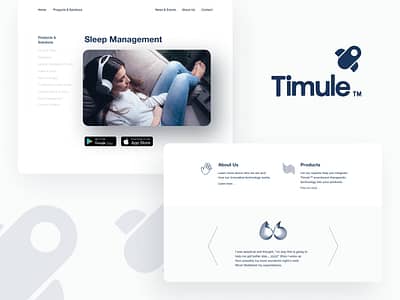
Beyond visuals and messaging, user experience (UX) and user interface (UI) are key places where branding comes alive or fails.
- Navigation & structure: The way your menu is arranged, how users move around, and what information you show prominently all reflect your priorities. A minimalist brand might emphasise simplicity and fewer menu items, while a fun, casual brand may use more dynamic layouts or interactive elements.
- Consistency in UI elements: Buttons, form fields, hover effects, icons—these small elements must follow your brand style. If the buttons are square on some pages, rounded on others, or colours differ, it feels sloppy.
- Micro-interactions & animations: Small animations or transitions (e.g., hover effects, loading indicators, scroll animations) can reinforce the brand personality. But overuse or clashing styles can hurt performance or distract.
- Mobile-first and responsive design: Most users will see your site on phones, so your branding must translate well. A logo might need a smaller version; navigation might collapse into a hamburger menu; images need to scale. If branding elements break or look poor on mobile, users may leave.
- Speed & performance: A beautiful design loses value if the site is slow or clunky. Users associate slow or broken sites with unprofessionalism. Branding includes maintaining a smooth, fast experience as part of your promise.
SEO and Branding Make Websites Discoverable & Memorable
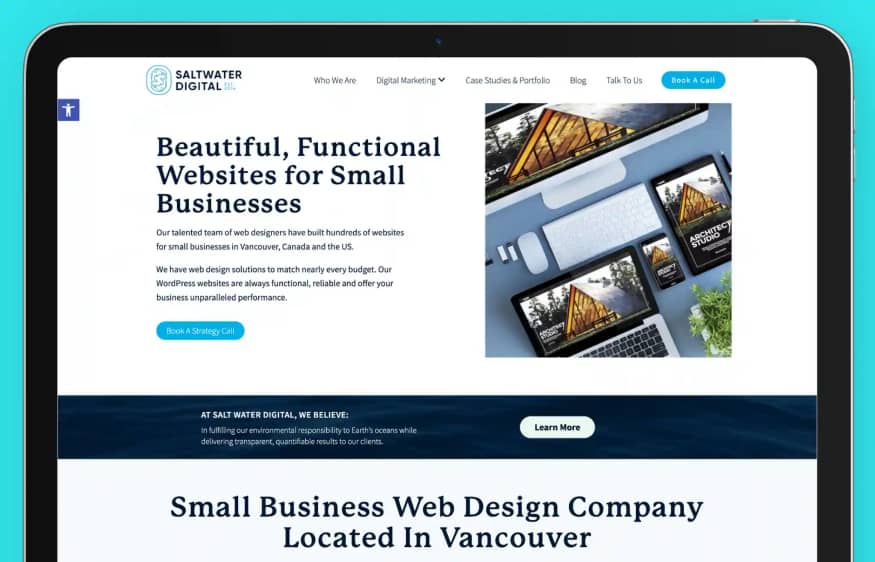
Branding also plays an important role in discoverability, ensuring your target audience finds you and helping them remember you.
- Branded keywords & SEO strategy: Include your brand name and tagline where appropriate. Use consistent naming (e.g. “YourBusinessName Brand”, “YourBusinessName Services”) in metadata and page titles. This helps with search engine recognition, especially if people search for your name.
- Storytelling & content strategy: The content on your site, such as blog posts, about page, product or service pages, should communicate your brand’s values and story. This helps with SEO (unique, useful content) and gives users something memorable to connect with.
- Consistency across platforms: If your site’s branding (visuals and messages) matches your social media profiles, email campaigns, and local listings, the mental association for users is stronger. This also helps with local SEO (Google My Business/Maps) when your name, logo, and visuals are uniform.
- User engagement signals & site quality: If users stay longer, navigate better, and have clear pathways to conversion, search engines may regard the site more favourably. Branding that supports good UX (clear structure, trust signals, legibility) aids that.
Common Mistakes Small Businesses Make
Even well-intentioned small businesses sometimes falter. Here are pitfalls to avoid:
- Inconsistent visual identity: Different fonts, colours, or logo versions are used across pages or materials that look mismatched. This dilutes brand memory.
- Overcomplicated design: Trying to cram too many style ideas, effects, or images sometimes results in cluttered pages, confusing navigation, and slow load times.
- Neglecting mobile or responsive branding: If images, typography, or logo placement break on mobile, users’ experience suffers. Since many users are mobile-first, this can cost conversions.
- Mismatch in voice or messaging: Visual design might suggest one tone (e.g. youthful, playful), but content/writing is formal or generic. Mixed signals can confuse or alienate visitors.
- Ignoring accessibility & speed: Low contrast, small fonts, heavy, unoptimized images might be part of aesthetic vision—but if users with visual impairment struggle, or load times are slow, trust erodes.
- Using generic stock imagery without care: It’s tempting to use cheap or free stock photos, but if they are generic or cliché, they can harm authenticity.
Best Practices & Actionable Tips
To make your branding work well in website design, there are concrete actions small businesses can take. Create a simple brand style guide that documents logo versions, primary/secondary colour palette, typography, voice/tone, and usage rules. This ensures consistency as you update or expand content or have multiple people working. Before design begins, define who you are speaking to, what you believe, and what you want people to feel. Knowing your audience and values helps shape visual and verbal branding decisions that resonate.
Get feedback from real users. Watch how they navigate. Adjust based on what slows them, what seems confusing. Branding isn’t static; your site should evolve as your business grows. Ensure branding elements translate well on smaller screens—logo, images, font size, navigation. Optimised images, minimal use of heavy scripts, caching, and clean code. Even a beautiful brand is undermined by slow load times.
Sufficient colour contrast, readable font sizes, alt text on images, keyboard navigation. This is both inclusion and good business (more visitors, fewer barriers). Carry the brand through website, social media, packaging, email signatures, physical locations, etc. Whenever possible, showcase real people, real spaces; consider custom illustrations/icons if they fit your style. This helps you stand out.
Conclusion
Branding isn’t an extra layer of design; it’s the backbone of a website’s ability to connect, persuade, and be remembered. For small businesses, every dollar and every impression counts. A site designed with intentional branding, such as consistent visuals, messaging, voice, and a user experience aligned with who you are, delivers more than just “good looks.” It delivers trust, differentiation, and consistency.
If you’re gearing up for a website launch or redesign, don’t treat branding as something to bolt on at the end. Start with it. Build your design, copy, images, and functionality around your identity. Keep testing, keep refining. When branding and website design work together, your site becomes a place where people trust, recommend, and return to.